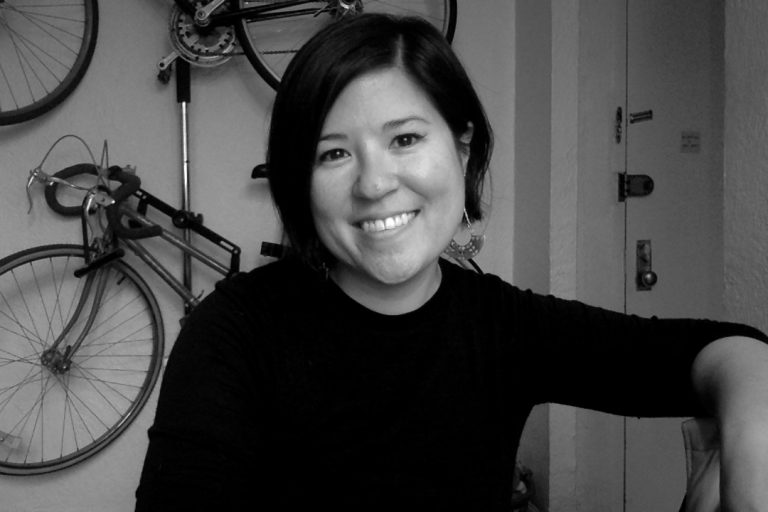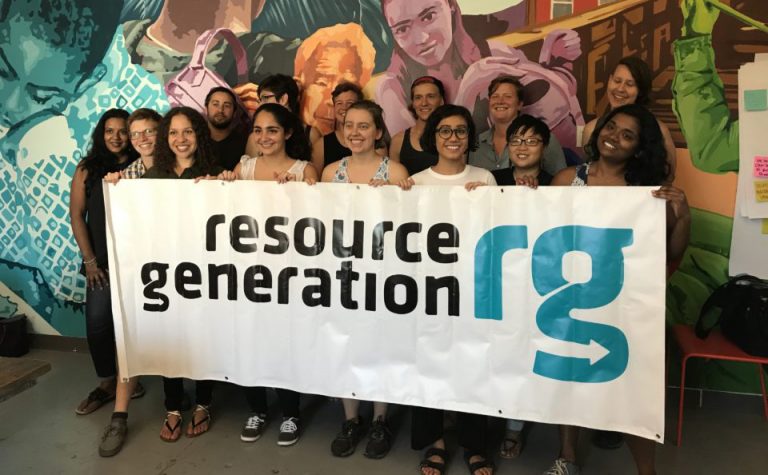3 Lessons I learned about fossil fuel divestment and re-investment
by Ari Sahagun
I don’t know about you, but for me, dedicating my life to environmental justice while holding investments in fossil fuels just doesn’t add up. As an RG member, actively looking to leverage my class privilege for justice and other values I believe in, I was encouraged to learn about the Divest/Invest Philanthropy group and attended a webinar to learn more.
Divest/Invest Philanthropy works with foundations and individuals to take investments out offossil fuel companies and invest in a carbon neutral future.
I want to share this as a strategy that cultivates our hope for a future without fossil fuels, restores power to people most affected by climate change, and begins healing ourselves from the hurts we’ve inflicted on the natural world.
What follows are 3 key lessons I learned and some suggested next steps.
1) Fossil fuels investments pose a fiduciary risk, in addition to obvious social and environmental risks.
I generally approach fossil fuel investments with the knowledge that they’re ruining our natural world, perpetuating corporate social injustices, and are an active force against democracy, and so on; however, this webinar opened my eyes to how fossil fuels have a component of fiduciary risk, too: they’re a bad investment for money’s sake, not just for the sake of values.
The first panelist, Tom Van Dyck shared the following graphic, describing the fossil fuel bubble. Oil, gas, and coal companies are spending investor money to look for new fossil fuel reserves, but won’t be able to burn them because of the Copenhagen Accord’s cap on carbon emissions. Similar to the false promises of both the dot com and housing bubbles, the fossil fuel bubble is 3 times larger than the most recent burst. In other words: oil, gas, and coal investments are a huge risk.

Another tidbit: did you know that only 90 corporations are responsible for 65% of global carbon production? This is a crazy-concentrated group of corporations, which is a huge powerhouse, and also a great list of which companies NOT to invest in.
So as the United States government begins to acknowledge the widely accepted IPCC findings on climate change, we can see fossil fuel divestment not just as values aligned, but futures aligned. We simply can’t have a future that includes fossil fuels.
2) Our investments can represent our hopes for the future.
Having divested from fossil fuels, we can re-invest our money in line with our values and not against the future.
Van Dyck outlined massive market opportunities for clean technologies, across several industries: buildings ($500B), waste reduction ($50B), agriculture ($1.3T), water ($500B), energy ($750B), transportation ($500B) – there will be new infrastructure needed across the entire economy. Carbon neutral investments aren’t just solar panels, but are actually very broad. Furthermore, markets are moving faster than many governments to adopt alternatives to releasing more carbon dioxide. And, it looks like markets are increasingly achieving our clean energy goals – at least more so than governments. P.S. I’m generally not a pro-market person, but this is a sad state of affairs we’re in right now.
The other panelists represented two foundations that had signed onto the divest/invest platform. This divestment perspective seemed to really click with foundations. As their main aim to “do good” in the world, they should have their money where their work is! Or, as Olivia Farr, on the board of the John Merck Fund, said, “it doesn’t make sense to hold fossil fuel investments and have programs that work to address the issues they cause.”
Does taking down the fossil fuel hegemony sound overwhelming? Not so fast! There are clear steps and you’re not alone on that path!
3) This is totally doable, the path is being documented, and there are lots of resources out there.
Here’s a clear, step-by-step process:
STEP ONE: Assess your portfolio for its carbon dioxide intensity: what do you own? Where do you own it?
STEP TWO: Define your investment parameters: What are your return goals? (Are you ok with below market return?) What asset classes will you consider?
STEP TWO AND HALF: Strategize: what percentage of your portfolio should be allocated?
STEP THREE: Invest: start supporting enterprises aligned with your values
STEP FOUR: Divest: set a timeline, freeze new purchases, sell existing holdings
STEP FIVE: Full ESG: Environmental, Social Governance (one definition here) integration: alignment of mission/values across entire investment portfolio
And here are a few resources to get you started:
- Divest/invest campaign as toolkit for foundation to take action on climate change
- Carbon tracker institute
- Filthy 15
- Carbon Tracker Institute’s 200 top carbon holders
- As You Sow
- ICCR: interfaith center on corporate responsibility
Last, but not least, you’re not alone in this work! Divest/invest is one of several efforts at shifting investment dollars away from what we know is so passé. I’m doing this work myself, so feel free to reach out to just say “Hi” or let me know we’re working in solidarity. Also be sure to sign the pledge (as an individual or as a foundation ).
Furthermore, it’s one of RG’s 2020 year goals to divest $500 million away from fossil fuel and other extractive investments, so be sure to share your progress!


